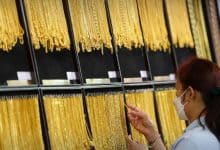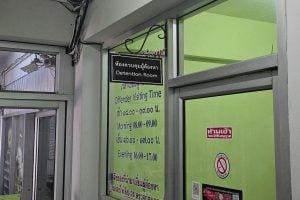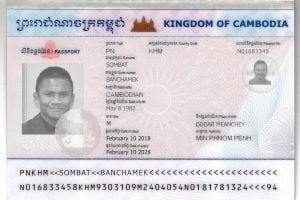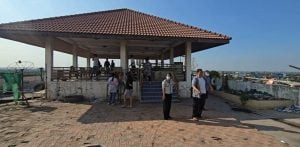Krungsri forecast for Thailand economic growth cut to 2.1%
Economist warns Thailand’s economy faces strain from tariffs and global pressures
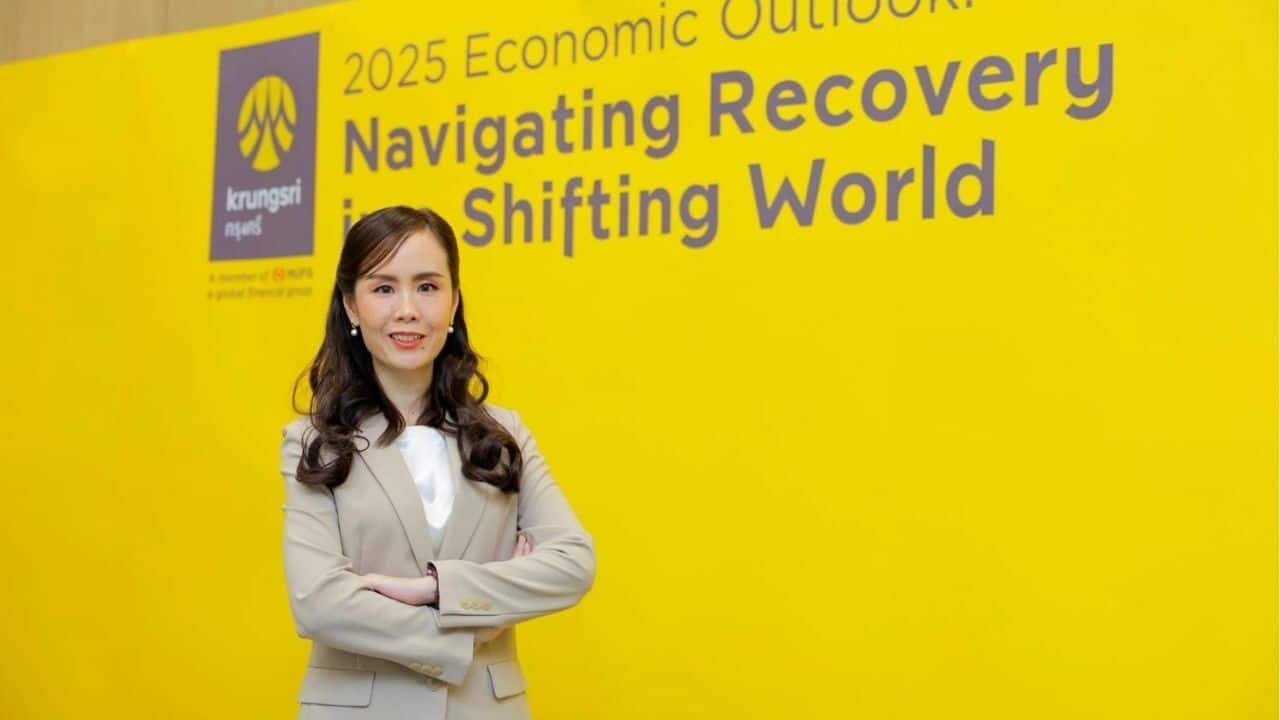
Research by Krungsri has revised Thailand’s economic growth forecast for 2025 to 2.1%, down from an earlier estimate of 2.7%.
This adjustment comes amid layered risks, including US trade policy uncertainties and domestic pressures. The government is advised to exercise caution in policy-making while responding effectively to rapidly evolving situations.
Pimnara Hirankasi, head of economic research and executive researcher at Bank of Ayudhya Public Company Limited, highlighted mounting pressures on Thailand’s economy from both domestic and international factors. A significant concern is the US’s variable and uncertain import tariff adjustments.
Additionally, internal vulnerabilities such as structural issues, economic policy uncertainties, and a sluggish recovery in tourism compound these challenges, potentially embedding risks within Thailand’s economic system.
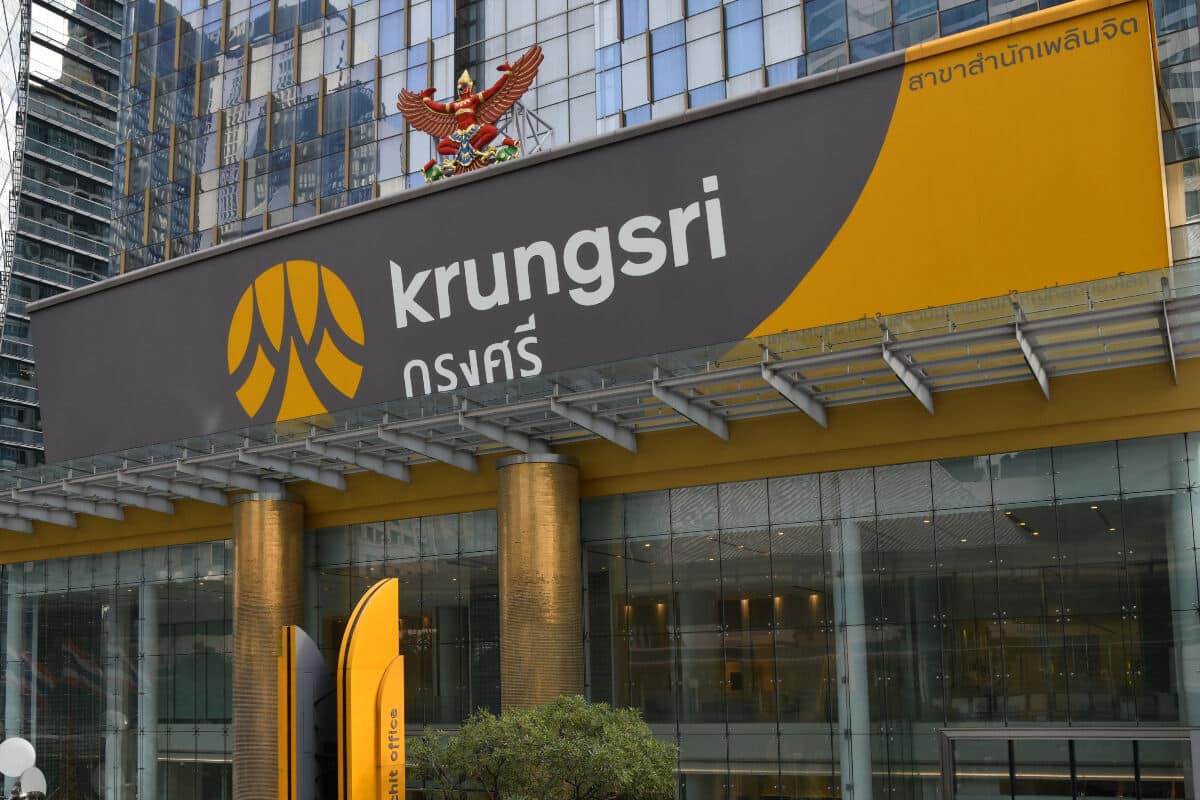
Krungsri’s revision is driven by three key factors: the impact of the late-March earthquake, weakening tourism momentum due to Chinese tourists’ safety concerns, and increased risks from US trade policy uncertainties. These elements create a negative feedback loop, affecting both consumer and investment confidence.
Despite these issues, Krungsri suggests that government spending and economic stimulus measures, alongside a gradual tourism recovery, will drive Thailand’s economy in 2025.
Tourist numbers are expected to rise from 35.5 million to 36.5 million. However, international trade remains risky due to US trade policy uncertainties. On Wednesday, May 28, the US trade court suspended counteractive tariffs, but President Trump might still impose tariffs under other laws, like the 1974 Trade Act, which could levy up to 15% import duty on various countries, including Thailand.
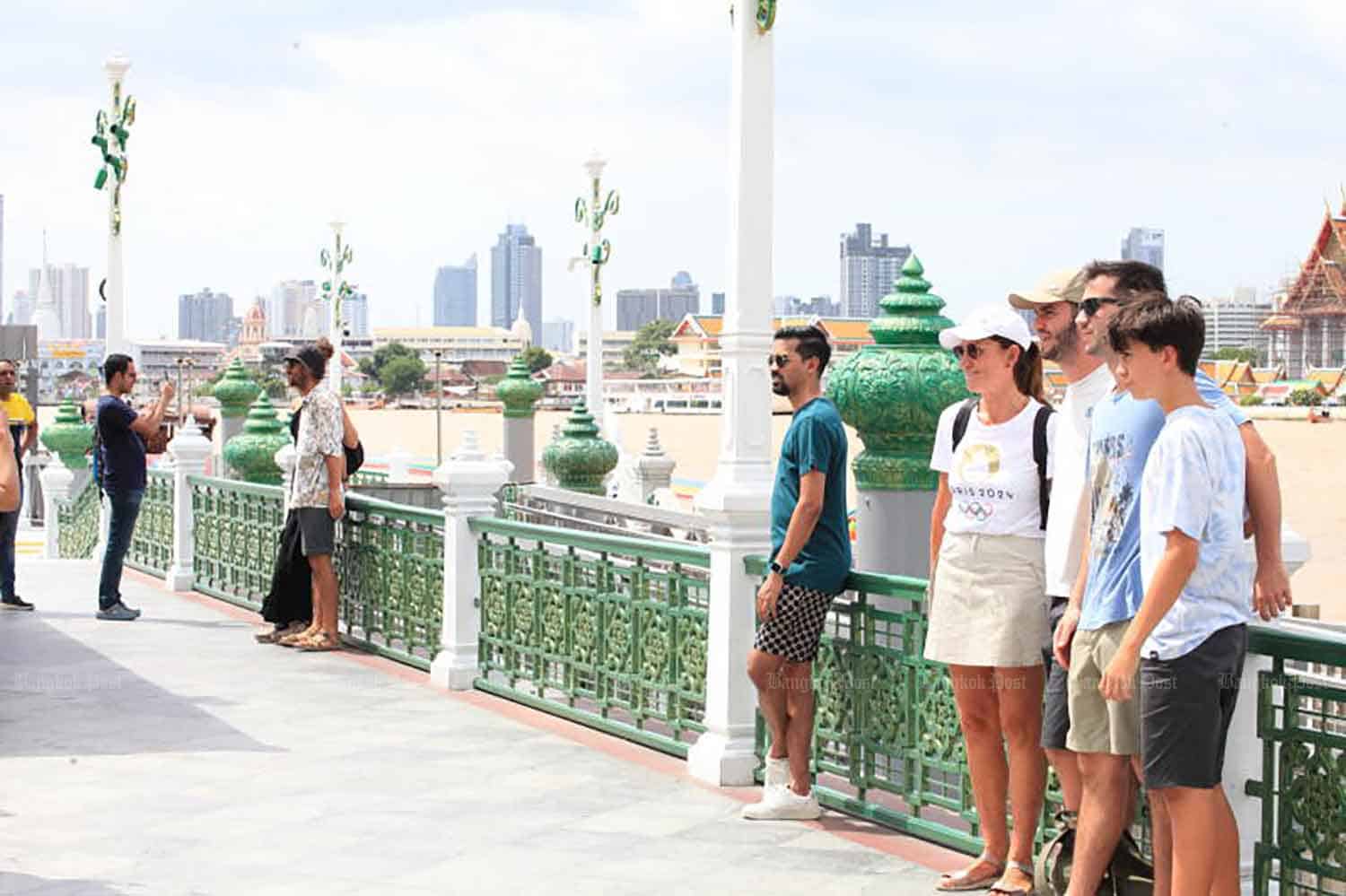
Due to these uncertainties, Thai exports could face negative impacts in the year’s latter half, with an assumption of a 10% US import tariff affecting primary trading partners, including Thailand. Export growth could slow to 2% after a strong double-digit increase in the first quarter.
Private consumption is projected to slow to 2.6%, pressured by weakening consumer confidence, sluggish agricultural income, high household debt, and uncertainties over US tariffs and slow tourism recovery impacting employment and income.
Investment prospects remain mixed. While government investment might grow by 5.8%, it may not stimulate private investment, which could shrink by 0.5%. Slow tourism recovery could hinder service sector investments, adding to the risk of continued private investment contraction. US customs policy uncertainties further dampen confidence, prompting businesses to delay investments pending clarity on policy interest rates.
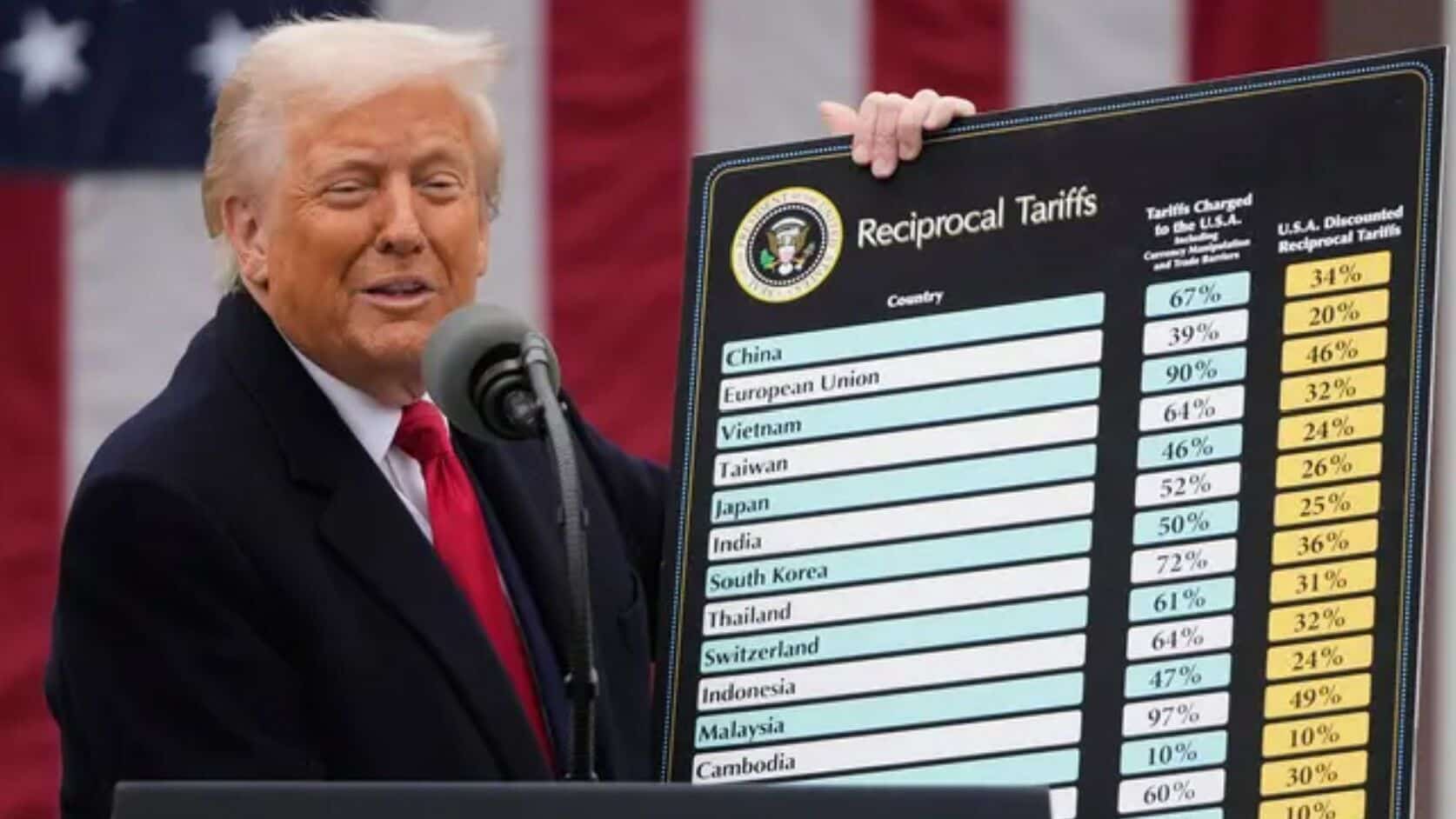
With international trade risks, Thailand’s economy is likely to slow in the year’s second half, with inflation pressures remaining low. This scenario suggests the Bank of Thailand might further ease monetary policy to support recovery, potentially reducing policy interest rates by one or two more times this year.
Looking ahead, Thailand’s economy faces several significant challenges: the high-risk US import policy, international political tensions, fragile geopolitical situations, domestic economic policy uncertainties amid fiscal constraints, and structural issues like declining manufacturing competitiveness, high household debt, and rapid ageing population, reported KhaoSod.
Pimnara warned that while external risks are globally similar, internal pressures might lead to more severe impacts on Thailand’s economy than in other countries. Hence, cautious policy-making and timely, efficient responses are crucial.
Latest Thailand News
Follow The Thaiger on Google News:

